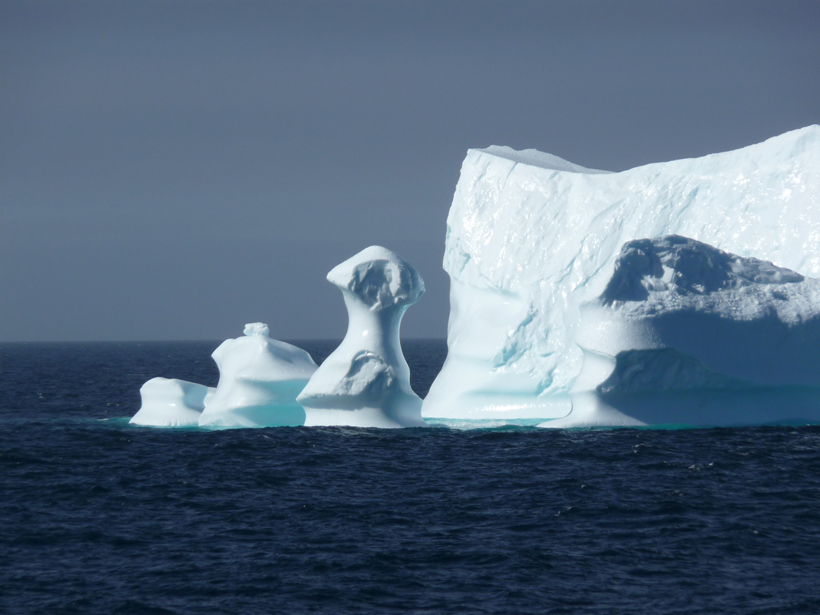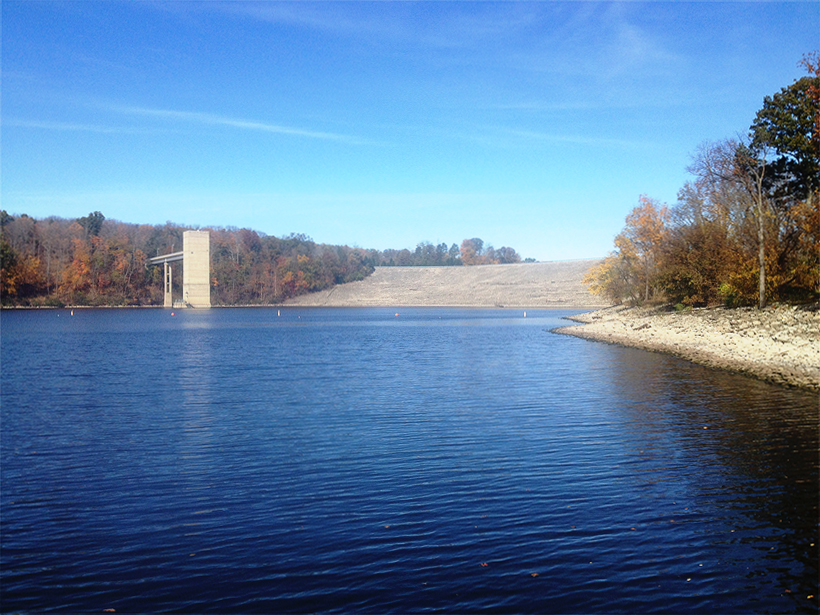Author Brian Berkowitz answers questions about his recently published article and the scientific and societal implications of his findings.
freshwater
The Arctic Freshwater Synthesis
The result of international study and coordination, this Special Issue provides an important "state-of-the-science" review of changing systems and their potential impacts.
Aquatic Plants May Accelerate Arctic Methane Emissions
About two thirds of the gas produced by a study area near Barrow, Alaska, came from increasingly abundant greenery covering only 5% of the landscape, researchers estimate.
Silty Streams Muddy Freshwater Conservation Issues
Throughout the Pacific Northwest, dirt from unpaved roads can clog streams, threatening fish habitats. Scientists have only a murky understanding of how to clear up these turbid waters.
One for All, All for One: A Global River Research Network
Intermittent rivers are an increasing share of the world's river network, but current models don't include them. One research network is gathering knowledge about these rivers from around the world.
Tidal River Dynamics
Tidal rivers are a vital and little studied nexus between physical oceanography and hydrology.
Glacial Meltwater Features Depend on Glacier Type and Location
With climate change, some glaciers will melt faster than others, altering the proportions of nutrients in meltwater and changing downstream ecosystems.
Building New Ways to Think About Arctic Freshwater
A new literature review summarizes the complex role of freshwater in the Arctic and its impact on climate and biogeochemical systems as a whole.
Next-Generation Scientists Get a Taste of Their Future Careers
High school and middle school students mingled with scientists from all over the world when they presented their posters at the Joint Aquatic Sciences Meeting.
Reservoirs Act as a Source for Greenhouse Gases
Scientists examine nitrous oxide production in aquatic environments and the conditions that drive it.










